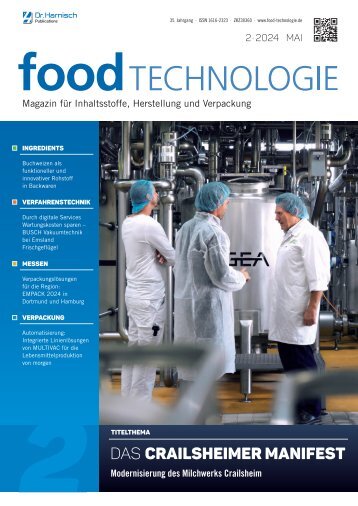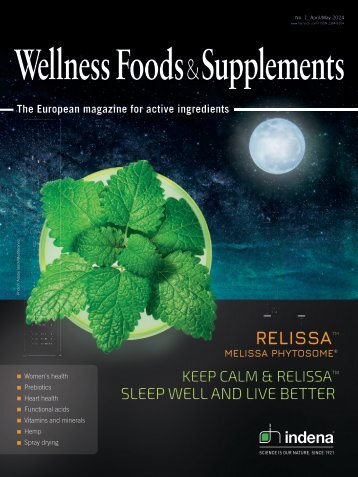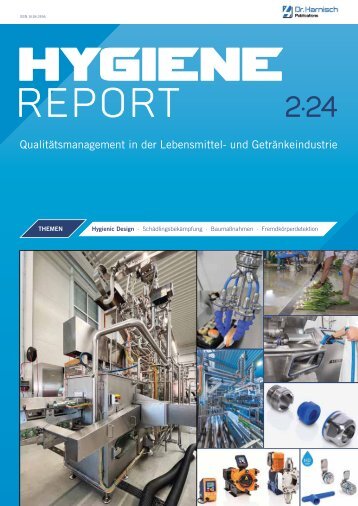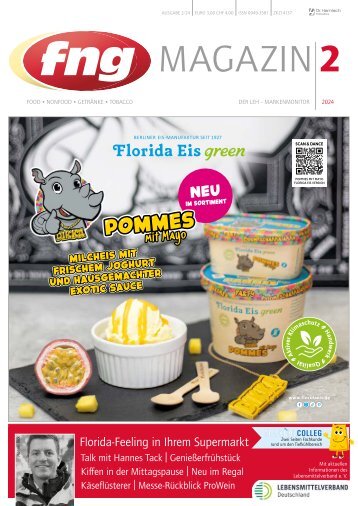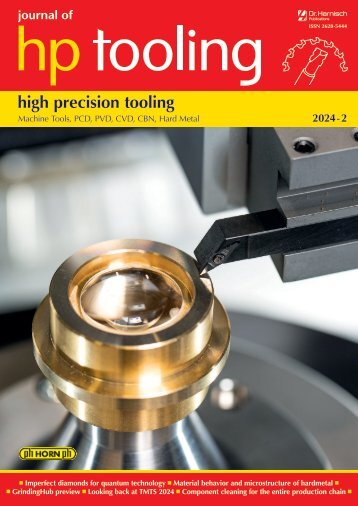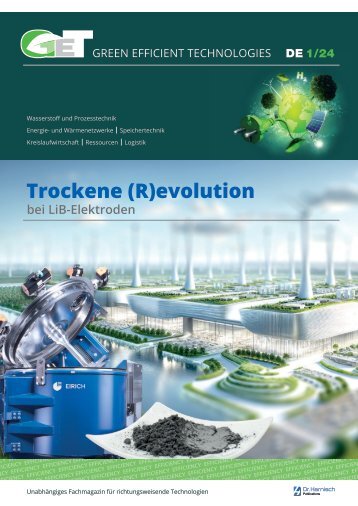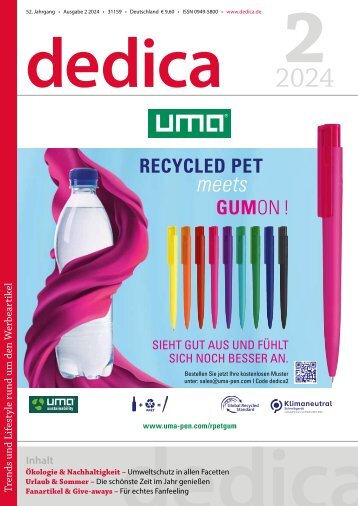food Marketing - Technology 5/2022
- Text
- Harnischcom
- Coconut
- Processes
- Packaging
- Processing
- Ingredients
- Germany
- Products
- Cinnamon
- October
- Marketing
Processing Reducing
Processing Reducing Natural Resource Consumption in Manufacturing by Simon Copley Soaring energy costs in the last year are significantly affecting many manufacturers’ bottom lines. Separately, the consumer pressure on FMCG brands to be more sustainable is only increasing. Where once consumers used to equate the concept of sustainability just with packaging and recycling, now their awareness also includes the natural resources used during manufacture. Combine both of these factors and it’s no wonder that manufacturers are actively examining the sustainability of their manufacturing processes and urgently looking for new ways to reduce their consumption of natural resources like gas, electricity and water. But it’s not always obvious how best to reduce resource consumption during manufacture without affecting the final product quality. This article recommends an approach to investigate your manufacturing process and unlock sustainability improvements, focusing not on the resources that end up as ingredients or materials in the final product, but those used for heating, washing and other processes. More sustainable manufacturing The motivation for manufacturers to increase sustainability is generally for two reasons: • To help reduce environmental impact either from carbon emissions or by-products such as waste water. As the world faces the challenge of drastically reducing emissions and consumption of natural resources, manufacturers need to play their part. • To counteract increasing operating costs for energy, water, or other consumables. Many manufacturers have set themselves tough challenges to reduce natural resource consumption, driven by one or both of the two factors above. But the relative importance of each factor depends on the situation in question: • Environmentally driven: where the aim is often to reduce resource use as cheaply and quickly as possible. Though the emphasis is to achieve genuine results, manufacturers will still be cost sensitive and desire minimal impact to the bottom line. This means that any process changes shouldn’t decrease throughput or increase scrap rates, though one-off CAPEX costs might be acceptable. • Operating cost-driven: where the benefits of reductions in these situations are simpler to judge, given that cost is easier to account for. But the environmental impact is a useful by-product for corporate social responsibility and marketing purposes, although it is a less tangible benefit. As manufacturing consultants, 42 Technology has worked with several FMCG brands who have revisited sustainability initiatives over time with an evolving justification. On one recent project for a widely successful consumer product, the focus several years ago was to achieve a purely environmental improvement without any expenditure. But now, in the face of urgent consumer pressure, there is a larger budget for more significant process alterations. And the recent rise in energy prices has only compounded this, reducing the payback period for expensive improvements and resurrecting options that were once unviable but are now worth investment. photo: DedMityay/Shutterstock food Marketing & Technology • October 2022
Processing food Marketing & Technology • October 2022 23 Key No. 101822
- Seite 1 und 2: 5/22 Vol. 36 • 31377 ISSN 0932-27
- Seite 3 und 4: Editorial The Dairy Dilemma There i
- Seite 5 und 6: tting Technology 9/6/22 3:14 PM Vol
- Seite 7 und 8: Cover Story against their height po
- Seite 9 und 10: ogy 9/6/22 3:14 PM 31377 Cover Stor
- Seite 11 und 12: Ingredients Online & In-Person 28 N
- Seite 13 und 14: Ingredients using modern distillati
- Seite 15 und 16: Ingredients Key No. 102117 food Mar
- Seite 17 und 18: Ingredients however, still places a
- Seite 19 und 20: Ingredients methodology, the prebio
- Seite 21: Ingredients Loryma_Plant based Sala
- Seite 25 und 26: Processing If you solve the heating
- Seite 27 und 28: Transforming global food production
- Seite 29 und 30: Processing When designing equipment
- Seite 31 und 32: Processing HYGIENE TECHNOLOGY - MAD
- Seite 33 und 34: Processing dehydration, stems, peel
- Seite 35 und 36: Processing CURO-16 packing system,
- Seite 37 und 38: Packaging The Movikit software modu
- Seite 39 und 40: Packaging With the help of the auto
- Seite 41 und 42: FILTECH February 14 - 16, 2023 Colo
- Seite 43 und 44: Marketing automatically billed. In
- Seite 45 und 46: Marketing Food & Beverage Industry
- Seite 47 und 48: Marketing Visit to Equiproin in Oss
- Seite 49 und 50: Events Cinnamon oil flavoring For t
- Seite 51 und 52: Events 8-10 NOV 2022 DUBAI WORLD TR
- Seite 53 und 54: The Global Leader in Food Cutting T
Unangemessen
Laden...
Magazin per E-Mail verschicken
Laden...
Einbetten
Laden...









































